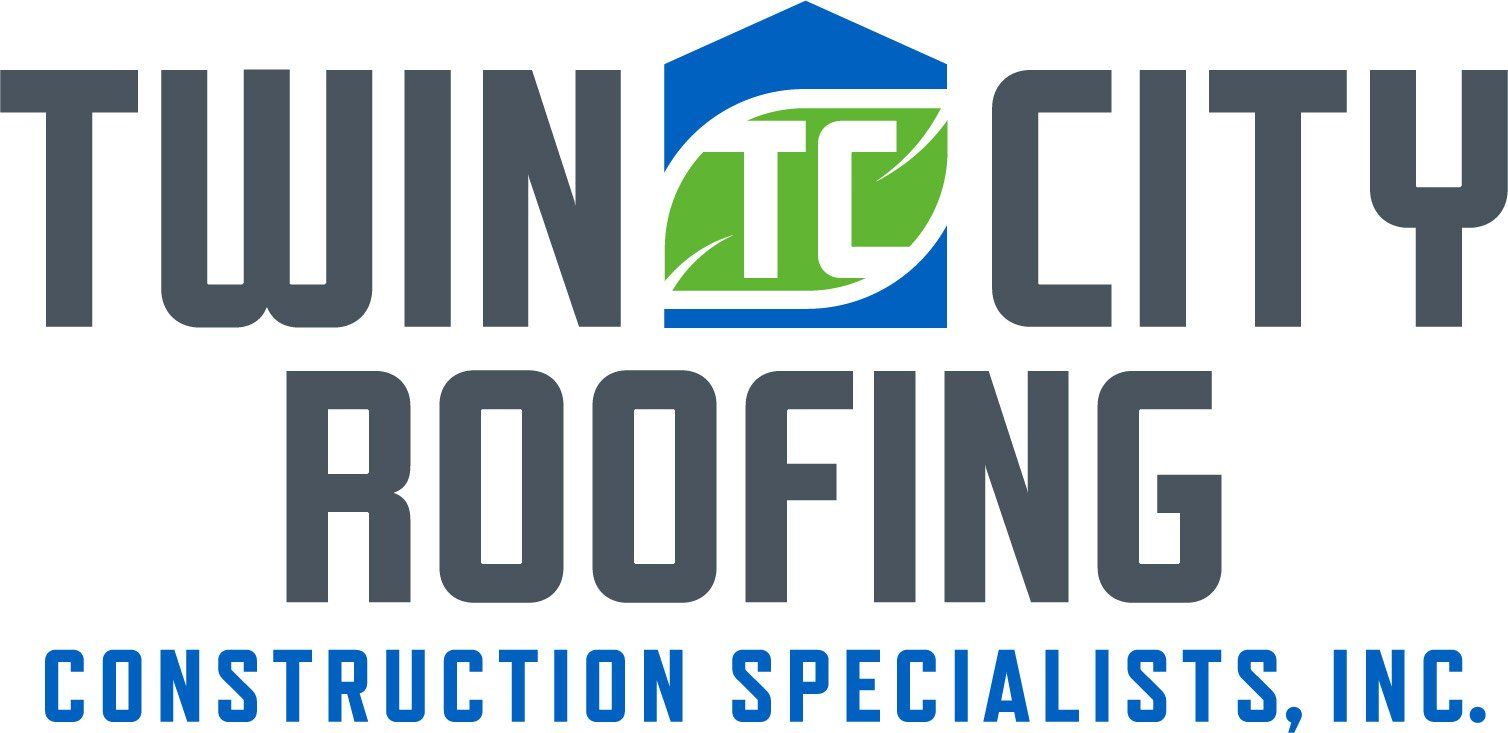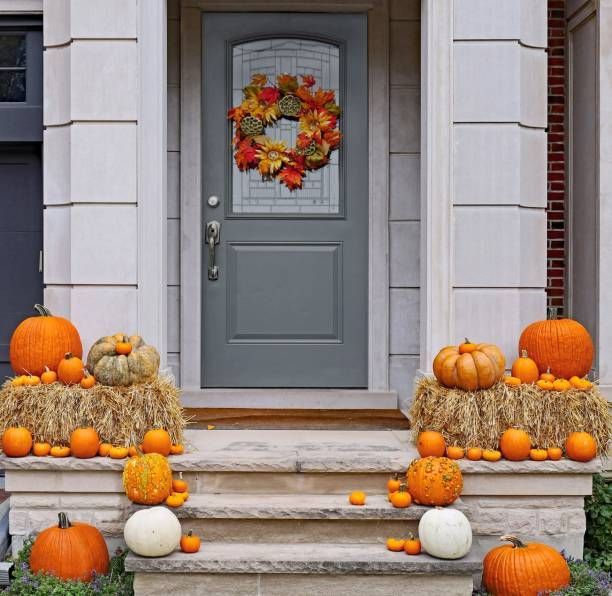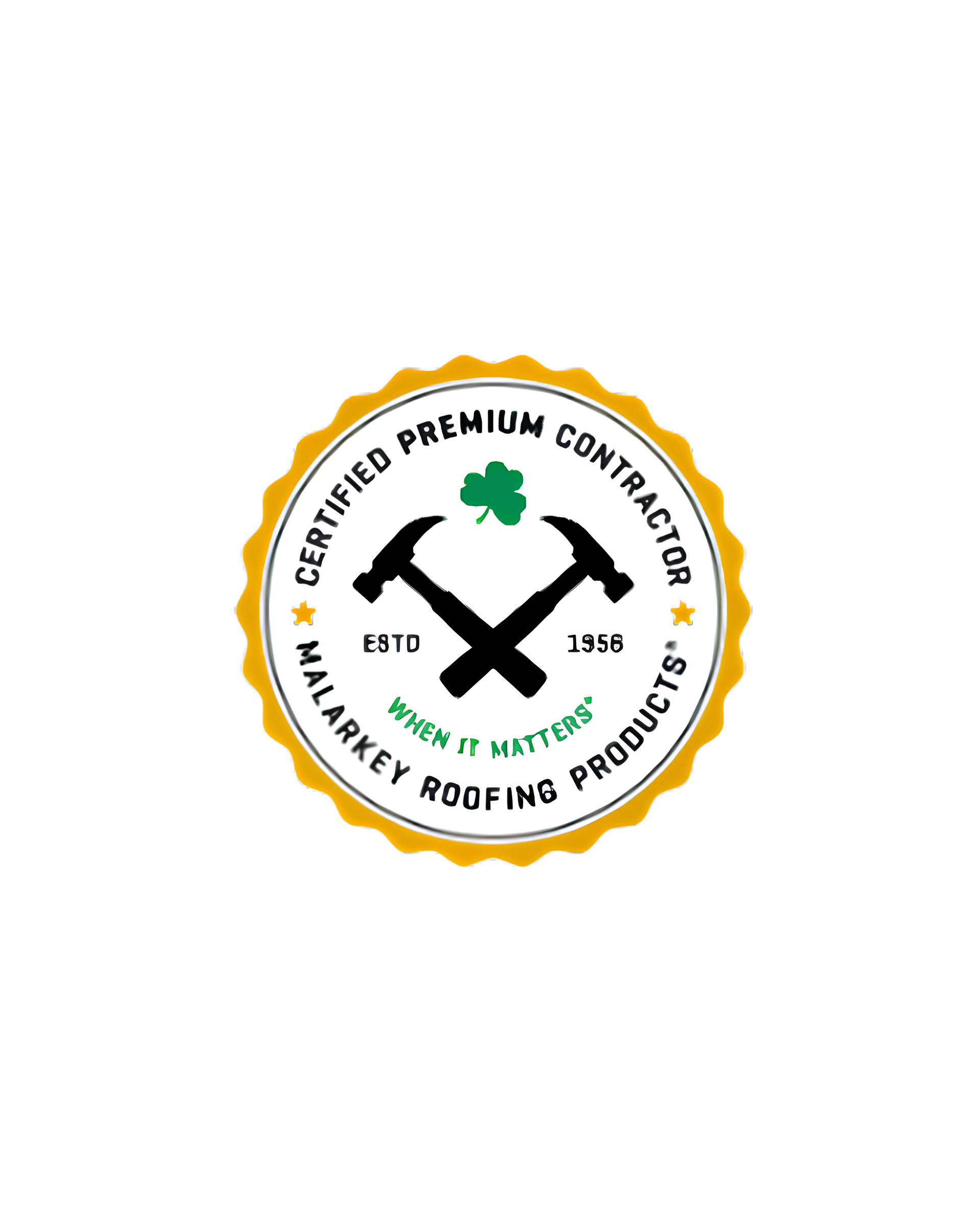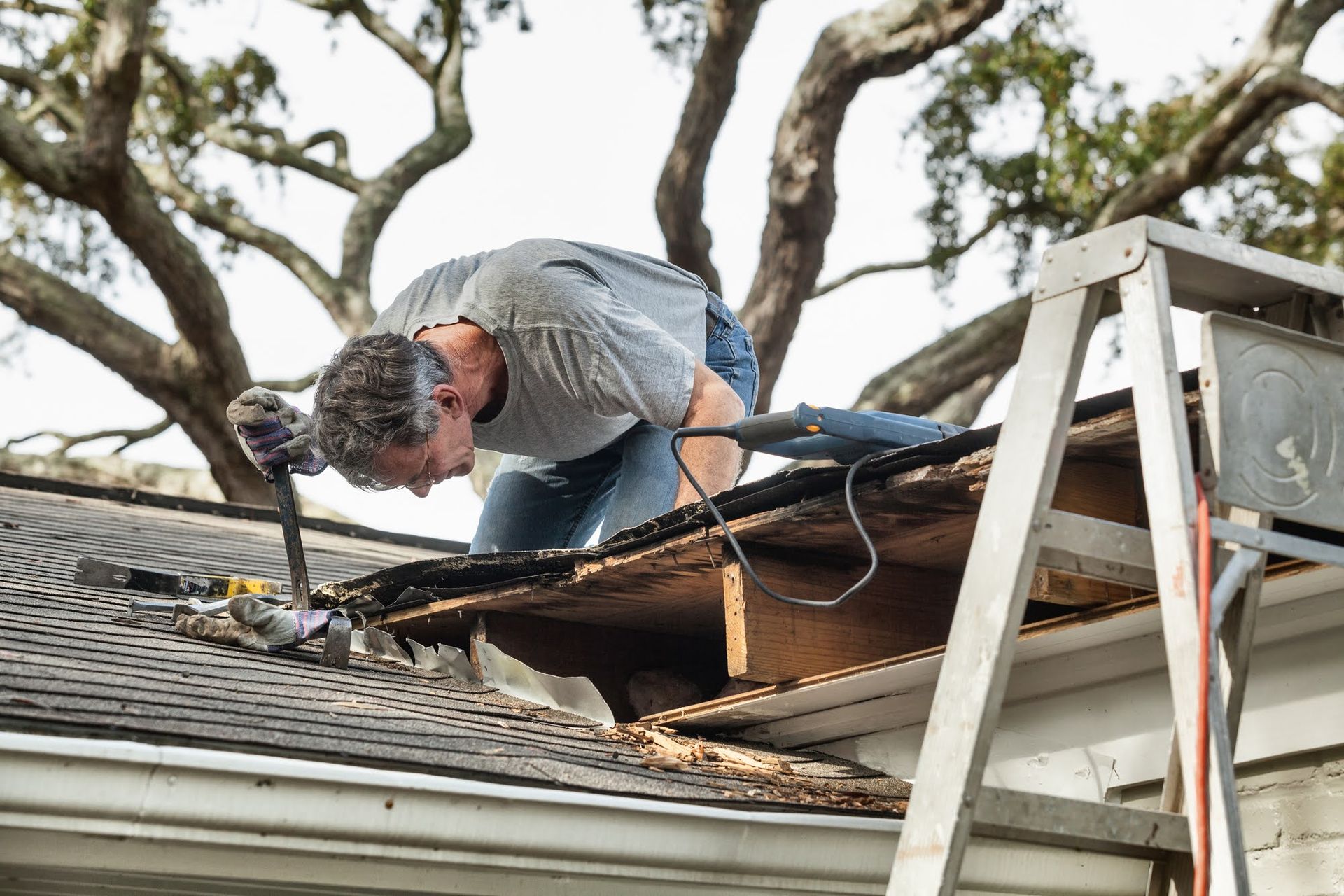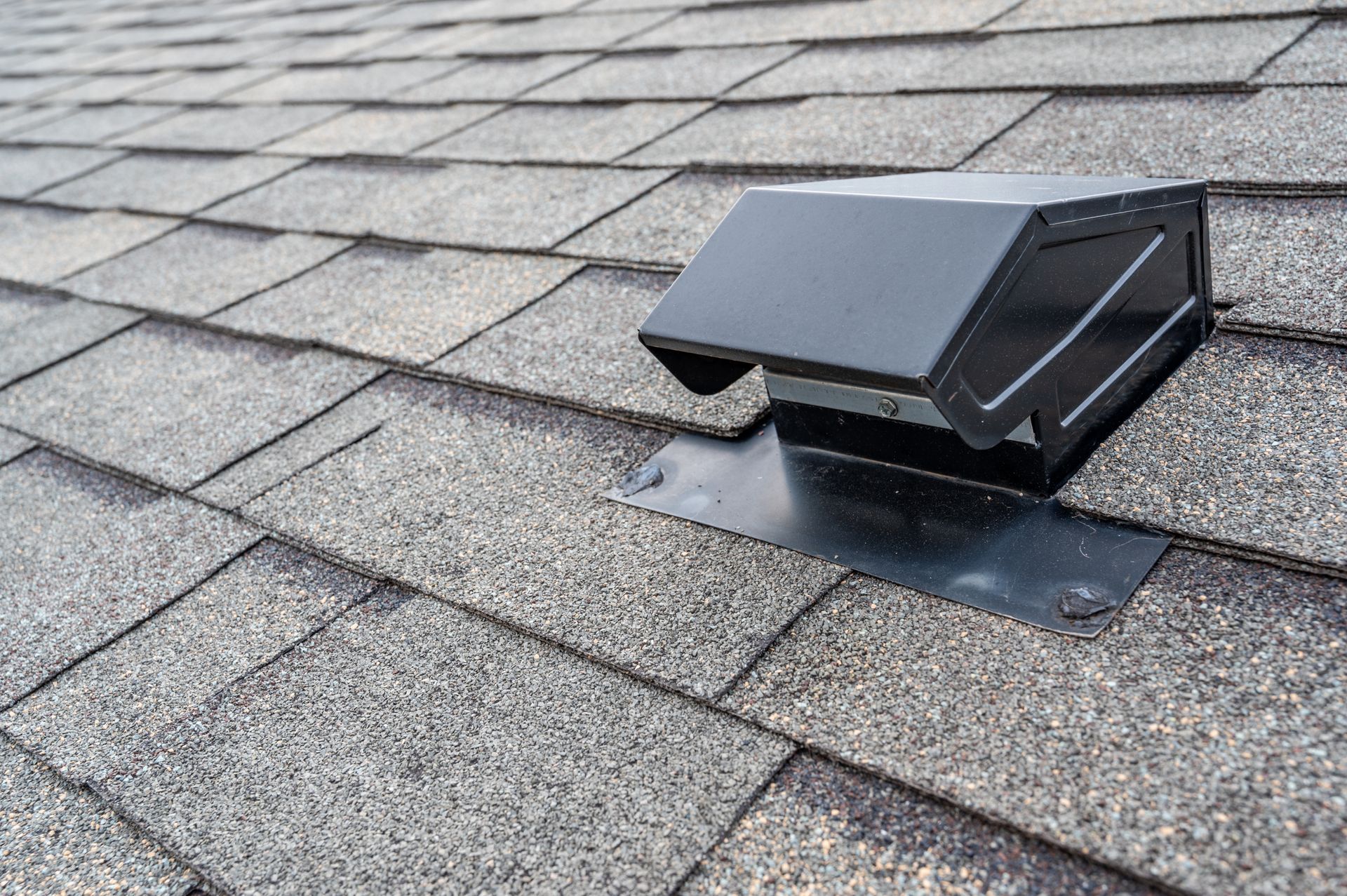Annual Siding Maintenance Tips for Minnesota Homes
Everything Minnesota Homeowners Need to Know for Yearly Siding Care
You’ve heard of home improvement companies trying to convince you it’s time to replace your siding, but did you know a little siding maintenance can help save money and the need for major replacements? 🤔
That’s right! Whether your Minnesota home features vinyl siding, fiber cement, or engineered wood siding, we’ve got the best solutions to keep your siding shining all year round!
By following these five simple annual care siding tips, your home will not only have increased sustainability, but also curb appeal, all while keeping spending down. 👇
1. Wash Away Dirt, Mold, and Mildew Buildup
Over time, your siding will accumulate dirt, pollen, algae, and even mold! As a Minnesota homeowner, you know how harsh the seasons can be here, which all plays a role in the condition and maintenance of your home. To solve this debris buildup on your siding, opt for a power wash or scrub with a soft brush to clean off the buildup!
✅Pro Tip: avoid high-pressure settings that can damage vinyl or force water behind panels.
1. Inspect for Cracks, Warping, and Gaps
As time takes a toll on your siding, you may begin to see signs of small cracks, warped panels, or pest invasions due to these openings. After each Minnesota winter or major seasonal storm, take a few minutes to walk around your home and visually inspect your siding for any of these signs of damage.
✅Pro Tip: If you catch these issues early, you can often get by with a siding repair instead of a full replacement.
2. Repaint or Reseal Your Siding to Prevent Moisture Damage
If your Minnesota home has painted wood siding or fiber cement, faded or peeling paint is more than just an aesthetic issue, it’s also one related to sustainability.

✅Pro Tip: It’s important to plan on repainting or resealing your siding every 5-10 years to protect the underlaying material that may be exposed to moisture.
Looking to renew your siding? Consider upgrading your fiber cement siding with James Hardie, it’s one of the most durable and sustainable choices for Minnesota homes!
1. Gutter Maintenance Tips to Protect Your Siding
Did you know that overflowing gutters can cause water to run down your siding, leading to staining, rot, and mold? Yep, you heard that right! Keeping up with gutter maintenance is essential in preventing water from running down your siding, which leads to unwanted water damage. Additionally, keep your bushes and landscaping trimmed back from the siding to prevent physical damage and moisture buildup.
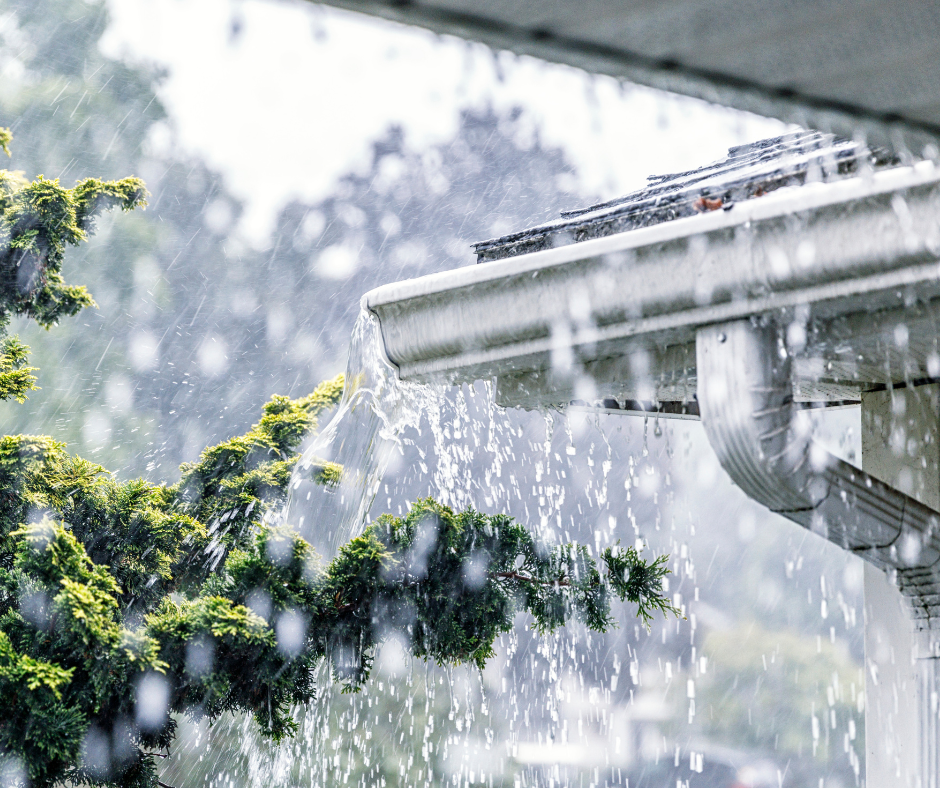
✅Pro Tip: Clean your gutters regularly and make sure downspouts are directing water away from your home.
1. Repair Loose Siding Panels and Minor Damage
Loose panels, missing nails, or minor damage from a weed whacker or grill can lead to major problems if ignored.
✅Pro Tip: Address small siding repairs quickly before they compromise the rest of your home’s exterior.
If you don’t know where to start, contact one of our professional siding contractors to receive a free inspection and advice on options that will fit your budget!
📞 Book Your Free Siding Inspection Today
At Twin City Roofing, we understand the changing economy and want to help you achieve your home improvement goals without breaking the bank. That’s why we’re here to give you industry insight that will help you save money and improve your home’s efficiency.
If your homes siding is looking a little sad and you need some expert tips, give us a call at 651-636-9640 to speak with a siding specialist and book your free inspection! You can also visit our website to read customer reviews that can attest to our excellence and even see our past Minnesota projects to help you envision your dream home! Let’s protect your home and boost your curb appeal — the smart and sustainable way.
What are you waiting for? Get started with TCR today!


